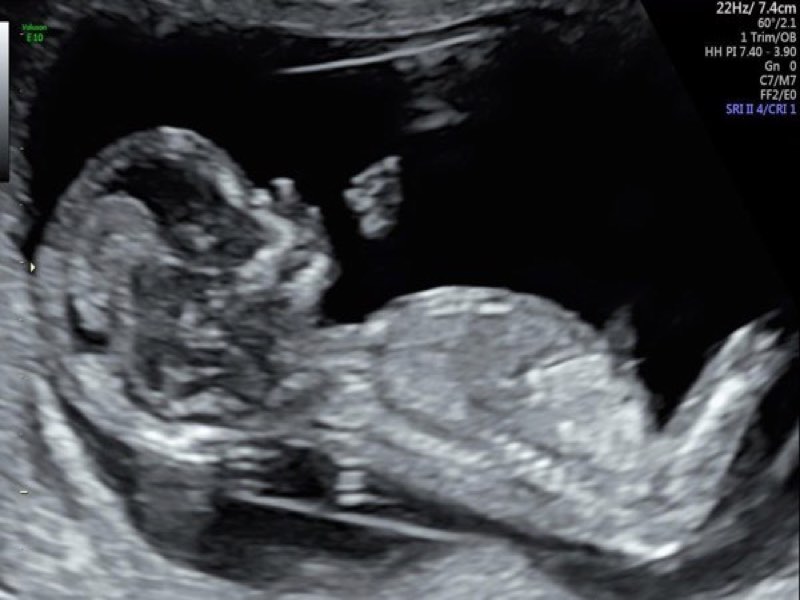

The recipients of these spoofed packets will then respond, and the targeted host will be flooded with those responses.

DoS attacks can cost an organization both time and money while their resources and services are inaccessible. A denial-of-service condition is accomplished by flooding the targeted host or network with traffic until the target cannot respond or simply crashes, preventing access for legitimate users. Services affected may include email, websites, online accounts (e.g., banking), or other services that rely on the affected computer or network. Published in Frontiers in Earth Science ISSN 2296-6463 (Online) Publisher Frontiers Media S.A.A denial-of-service (DoS) attack occurs when legitimate users are unable to access information systems, devices, or other network resources due to the actions of a malicious cyber threat actor. The case presented constitutes the first reported one of syn-thrusting non-diagenetic polygonal normal faults. shatter) the chert beds were shattered along the fault surfaces. shrink and step) the faults stepped laterally at the competent chert beds (4. shrink) faulting produced shrinkage (pressure solution) of carbonate beds at the fault compressive tips (3. stop) the faults stopped at the competent chert beds (2. The faults then grew through a four-stage process: (1. The faults are interpreted as polygonal normal faults syn-tectonically (syn-thrusting) nucleated in response to multi-directional stretching processes occurred at the Cingoli triple-folded anticline extrados. This evidence and others are analytically explained with fault tip stress distributions. The pressure solution features fade away departing from the faults.

The faults, in effect, are usually accompanied by bed-parallel pressure solution seams in the two contractional quadrants located at the present or past fault tips. Fault displacement is partly or largely accommodated by pressure solution. The fault surfaces are often characterized by slickolites, greenish clayey residue, and micro-breccias including chert and carbonate clasts. At the fault tips, the displacement is generally transferred, via a lateral step, to an adjacent similar fault segment. They cut through the carbonate beds while usually stop against the chert layers that are bent and extended along the faults themselves. These faults are poorly-systematic and conceivably polygonal in map view. An exception is constituted by an outcrop in the anticline hinge, where sub-horizontal carbonate and chert beds are affected by joints and intraformational short normal faults. The anticline involves sedimentary carbonate strata generally affected by syn-thrusting contractional structures such as bed-normal pressure solution seams, folds, and reverse faults. The Cingoli arcuate anticline is part of the Apennines fold-thrust belt in Italy.


 0 kommentar(er)
0 kommentar(er)
